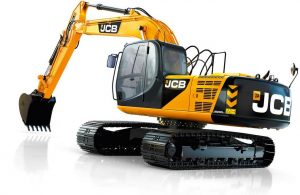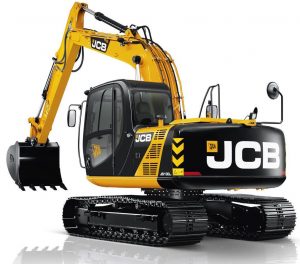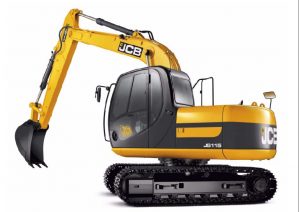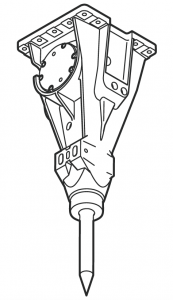
JCB JS200, JS210, JS220, JS240, JS260
Complete workshop & service manual with electrical wiring diagrams for JCB JS200, JS210, JS220, JS235, JS240, JS260 Hydraulic Excavator. It’s the same service manual used by dealers that guaranteed to be fully functional and intact without any missing page.
This JCB JS200, JS210, JS220, JS235, JS240, JS260 Hydraulic Excavator service & repair manual (including maintenance, overhaul, disassembling & assembling, adjustment, tune-up, operation, inspecting, diagnostic & troubleshooting…) is divided into different sections. Each section covers a specific component or system with detailed illustrations. A table of contents is placed at the beginning of each section. Pages are easily found by category, and each page is expandable for great detail. The printer-ready PDF documents work like a charm on all kinds of devices.
FILELIST:
9803-6400 – JCB JS200, JS210, JS220, JS240, JS260 Hydraulic Excavator Service Manual.pdf
9803-6510 – JCB JS200, JS210, JS220, JS240, JS260 Hydraulic Excavator Service Manual.pdf
9803-6510IND – JCB JS210LC Hydraulic Excavator Service Manual.pdf
9803-6580 – JCB JS200-JS260 (JS200, JS210, JS220, JS235, JS240, JS260) Tier III Auto Hydraulic Excavator Service Manual.pdf
9813-0400 – JCB JS200 Asia Pacific Hydraulic Excavator Service Manual.pdf
…
EXCERPT:
Section E – Hydraulics
Remote Control Valve (Hand Control)
Dismantling and Assembly
Dismantling
Note: All parts are precision made and require the utmost care when being handled.
Note: During dismantling, do not use excessive force to separate components which could cause scratches or burrs on bearing surfaces. Failure to observe this instruction will cause oil leaks leading to poor performance.
Note: Label all parts during dismantling, to ensure correct assembly.
Note: Storing the valve when dismantled could cause rusting of parts. Ensure they are suitably protected by antirust treatment.
Note: For part number identification for the Remote Control Valve assembly, K Fig 126. ( T E-135) and K Table 18. ( T E-136).
1 Push down upper section of gaiter 126-19 and remove roll pin 126-20.
2 Remove control handle from mounting knuckle 126-3.
Note: Take care when removing handle to avoid damage to wiring loom and switches. These should be removed by separating the line connectors in the control handle and below the valve body.
3 Remove gaiter 126-19 from valve housing.
4 Slacken locknut 126-22 and remove mounting knuckle 126-23.
5 Slacken and remove joint nut 126-24 and rocker plate 126-25.
!WARNING
Always wear safety glasses when dismantling assemblies containing components under pressure from springs. This will protect against eye injury from components accidentally flying out.
Note: The return spring 126-15, retaining plate 126-18 and plunger 126-11 will rise when knuckle joint 126-26 is loosened.
6 Using a jig, slacken and unscrew knuckle joint 126-26, releasing retaining plate 126-18.
Note: Ensure retaining plate moves freely to prevent sudden release due to spring pressure beneath.
7 Clean the valve exterior using approved solvent and using soft metal pads for protection, clamp the valve body into a vice.
8 If the return springs 126-15 are weak, the sliding resistance of the seal 126-9 will cause the guides 126-8 to stick in the casing. Using a screw driver, carefully ease out the guides 126-8 and plungers 126-11.
Note: Care must be taken to prevent damage to the guides when removing. Ensure the guides do not fly out due to the force of the return springs.
9 Remove spring seats126-13, split washers 126-12, return springs 126-15, pressure control springs 126-14 and spools 126-17.
Note: Identify each set of parts and their locations for assembly.
10 Loosen the two hex bolts 126-27 on the base of the valve. Remove the base plate and O-ring 126-30 from the valve casing.
11 Slacken and remove body assembly screw 126-6.
Remove and discard `O’-ring 126-7.
12 Separate upper and lower body sections 126-1 and 126-2 and remove dowel pins 126-5.
13 Remove and discard `O’-rings 126-3 and 126-4.
Note: The surface of spool 126-17 and spring 126-13 can be damaged by mis-handling. Take care not to damage the surface of the spool during removal and do not push the spring seat down more than 6mm (0.24 in).
…



